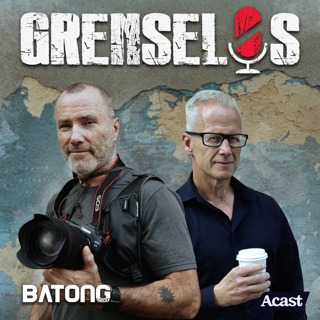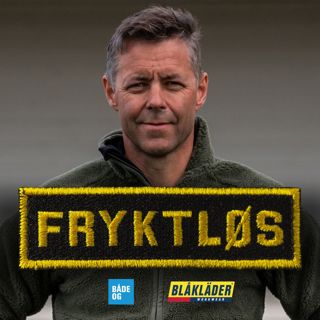
World War One: The Red Baron
Using archive BBC recordings of veterans, we tell the story of one of the most famous figures of World War One. The legendary German air ace Baron von Richthofen who was killed in April 1918. Photo: German First World War air ace Manfred von Richthofen, known as the Red Baron, with a comrade in front of his famous red tri-plane. (Photo by Hulton Archive/Getty Images)
23 Apr 20189min

Earth Day
On April the 22 1970, 20 million Americans came out on to the streets to demonstrate for a healthy, sustainable environment in the first so-called Earth Day. Mass rallies were held to highlight concerns about pollution and the destruction of America's natural heritage. Some see it as the birth of the modern environmental movement. Farhana Haider spoke to Denis Hayes, the organiser of that first Earth Day. Photo credit: Robert Sabo-Pool/Getty Images
20 Apr 20189min

The Last Keeper of the Light
The lighthouse on Skellig Michael off the south west coast of Ireland was continuously occupied by lighthouse keepers for more than 150 years until its automation 1987. Skellig Michael has now become a tourist attraction since its ancient monastery was used as a location in recent Star Wars films. The last keeper of the light there was Richard Foran who has been speaking to Catherine Harvey about life on the remote island. Photo: The lighthouses on Skellig Michael. Credit: Alamy
19 Apr 20189min

Rebuilding the Site of the Twin Towers
After the September 11th attacks brought down the Twin Towers, reconstruction began at the devastated area in New York in April 2006. Rachael Gillman spoke to TJ Gottesdiener, who was a managing partner at the architecture firm tasked with designing a new skyscraper on the site.(Photo credit: Robert Sabo-Pool/Getty Images)
17 Apr 20189min

World War One: Germany's Spring Offensive 1918
In early 1918, Germany launched a huge offensive on the Western Front in a last great gamble to win the war. Following Russia's withdrawal from the war, Germany could move up to a million soldiers from the Eastern Front to the West to launch a decisive attack. Their plan was to break through British and French lines and force an end to the war, before American power could bolster the Allied cause. They came close to succeeding. Using recordings from the BBC Archive, we hear from German and British soldiers who faced each other in the spring of 1918. Photo: German troops advance in the sector near Villers-Bretonneux during Germany's Spring Offensive 1918. (Hulton Archive/Getty Images)
16 Apr 20189min

The Shooting of Rudi Dutschke
In 1968 Europe was rocked by student demonstrations calling for a revolution. In West Berlin the protests intensified following the shooting of student leader Rudi Dutschke on April 11th 1968. He would become a symbol for a generation of young Germans. In 2013 Lucy Burns spoke to his widow Gretchen Klotz-Dutschke about the attack. (Image: Gretchen Klotz-Dutschke(L) Rudi Dutschke(R) Credit: Keystone/Getty Images)
13 Apr 20188min

The Soviet Spy Scandal
In 1971 during the Cold War, the UK expelled 90 Soviet diplomats suspected of spying. They'd been allowed into Britain in an attempt to improve relations, but it had been discovered that they'd been carrying out espionage instead. George Walden was a young diplomat on the Soviet desk in the British Foreign Office at the time. Photo: British Foreign Secretary Alec Douglas-Home (left) shakes hands with Soviet Foreign Minister Andrei Gromyko (right) at Heathrow Airport, 26th October 1970. (credit: Ian Showell/Keystone/Hulton Archive/Getty Images)
12 Apr 20188min

The Zimbabwe Massacres
In 1983 Robert Mugabe’s government sent crack troops to put down opposition supporters in western Zimbabwe. The soldiers were nicknamed the Gukurahundi which means 'the wind that blows away the chaff'. Trained by North Koreans, they were zealous in their support for Mugabe and utterly ruthless in their methods. Thousands were killed and many were tortured. For years people were fearful of speaking out. One survivor has been telling Rebecca Kesby what it was like.Photo: Robert Mugabe. Credit: Getty Images.
10 Apr 20189min





















